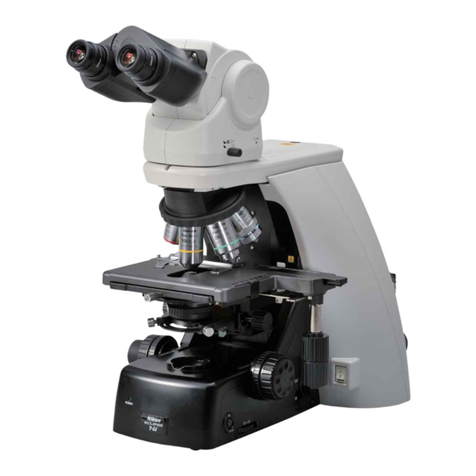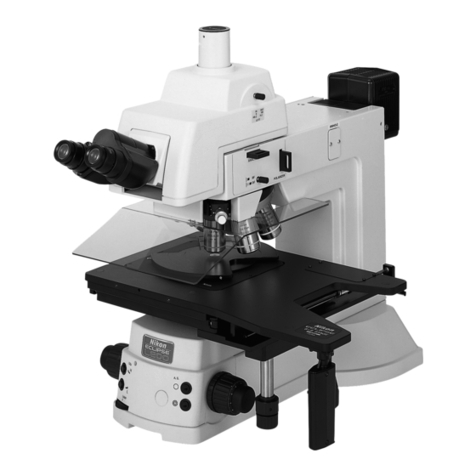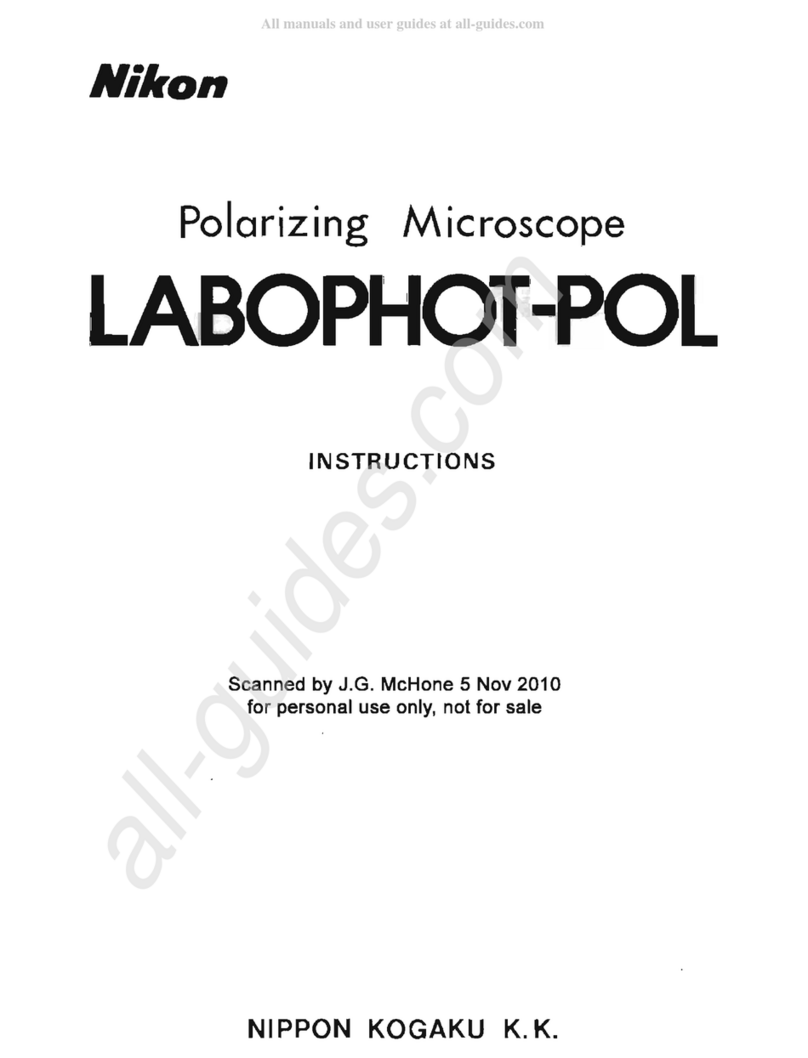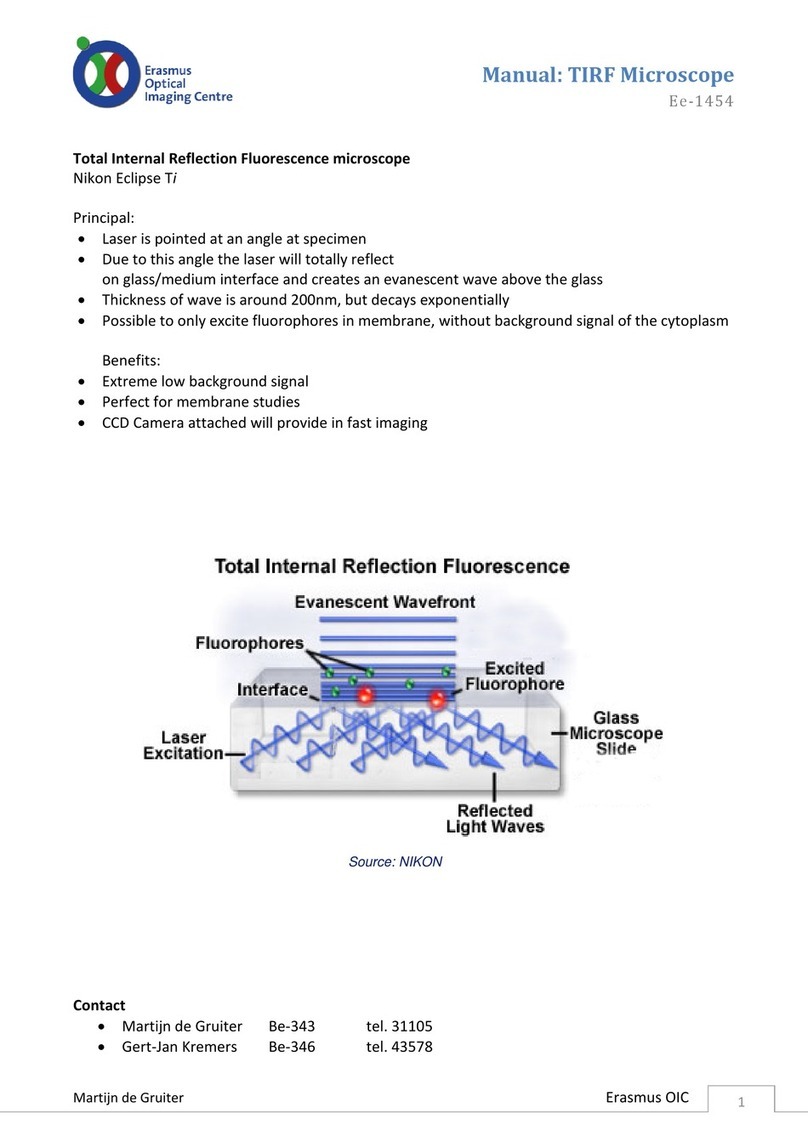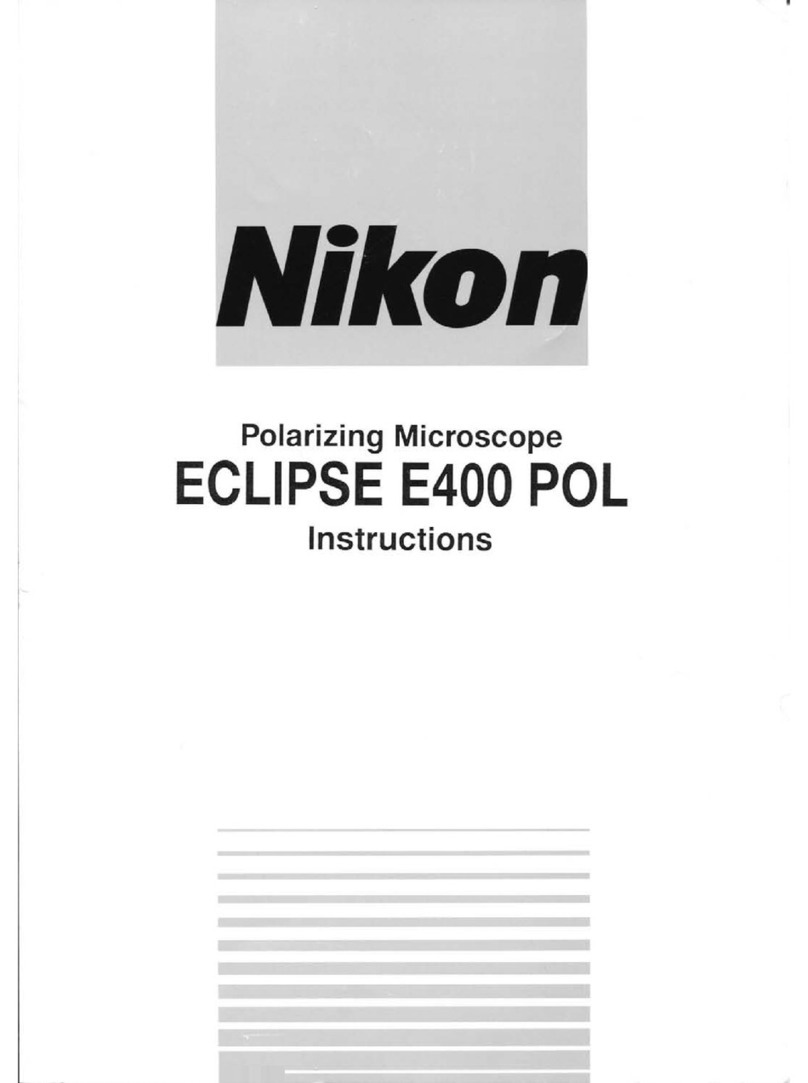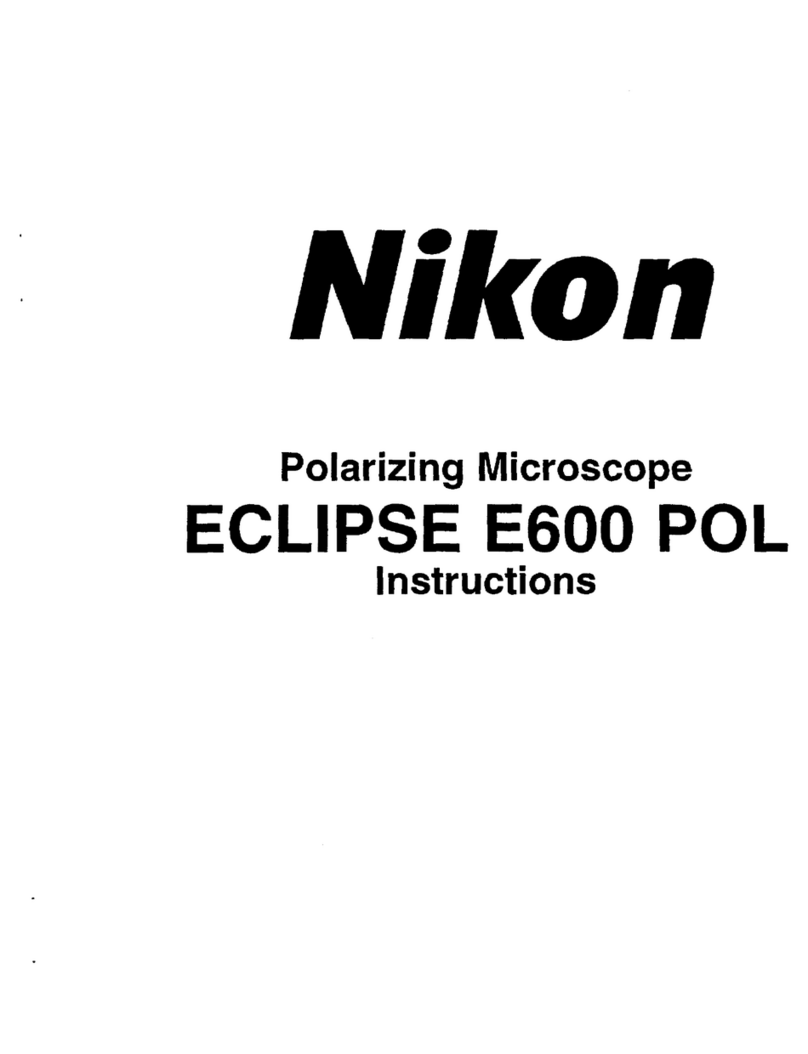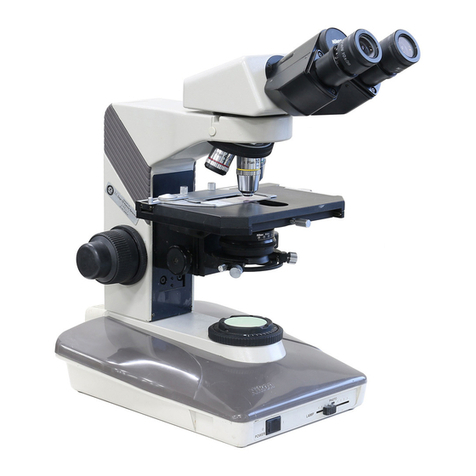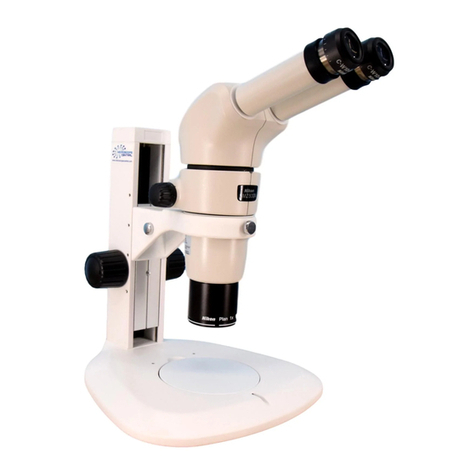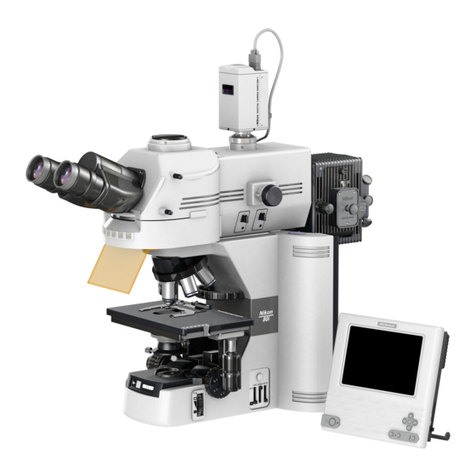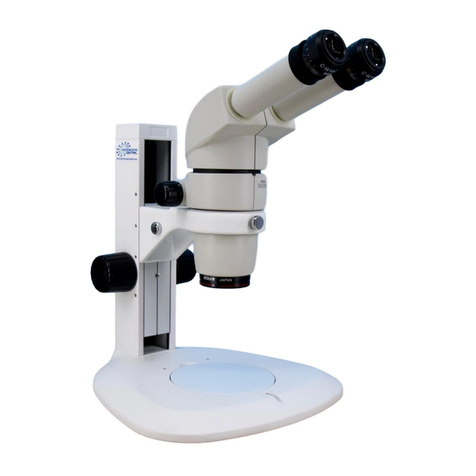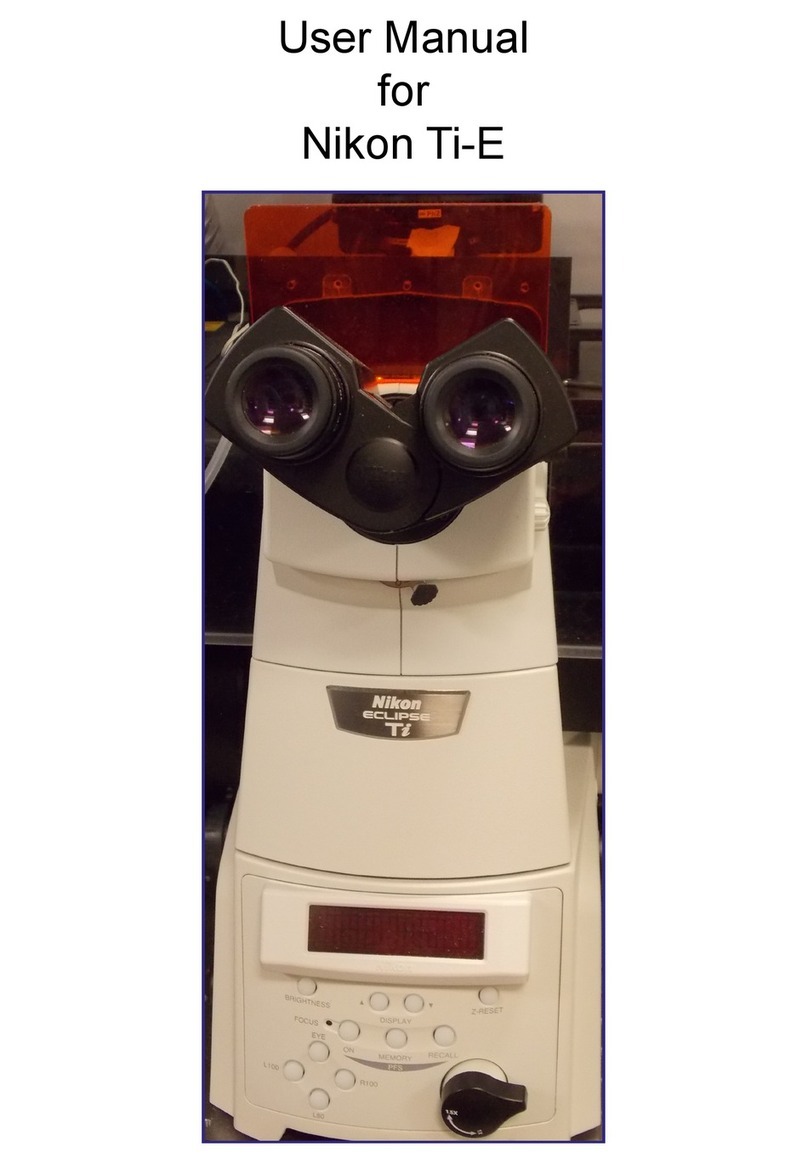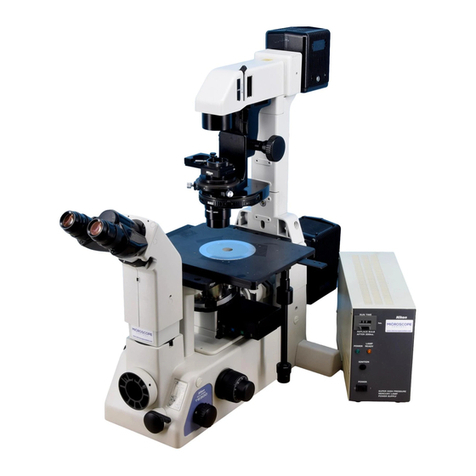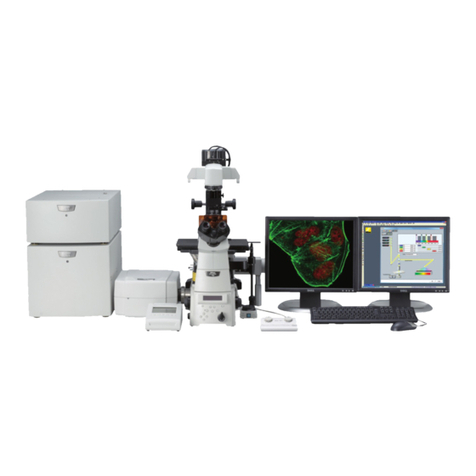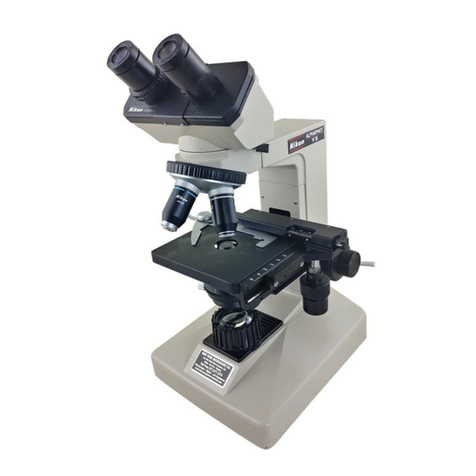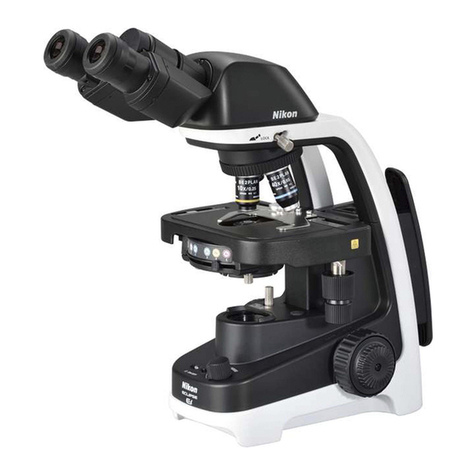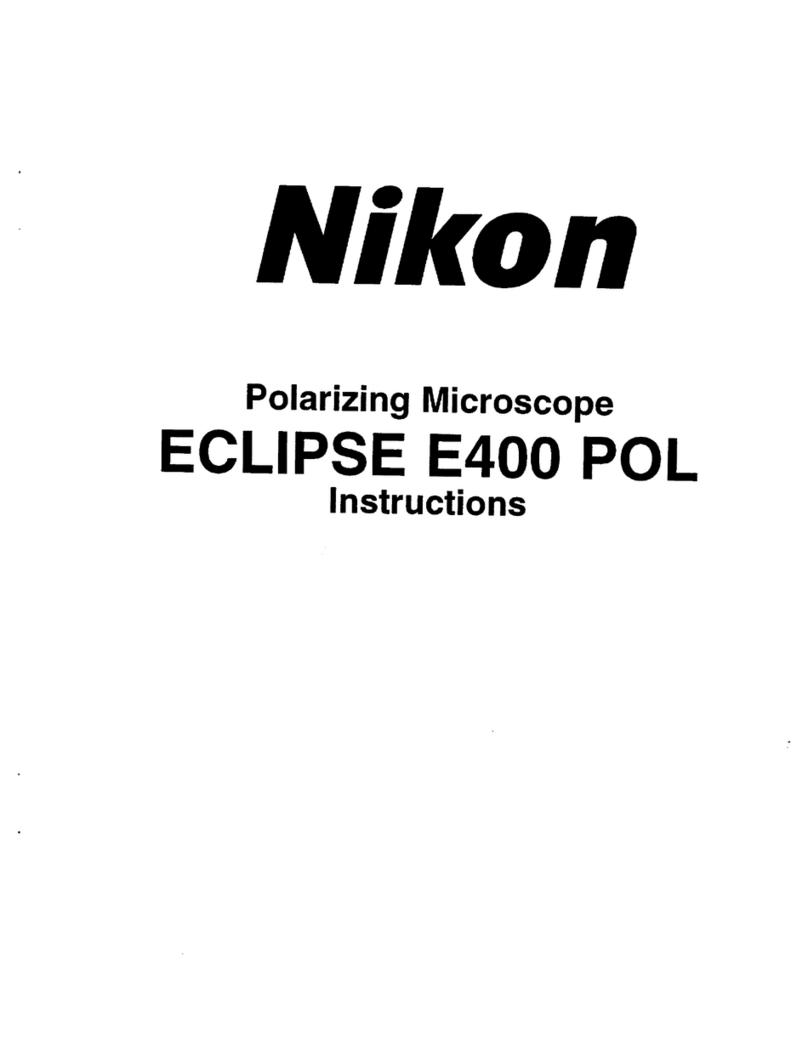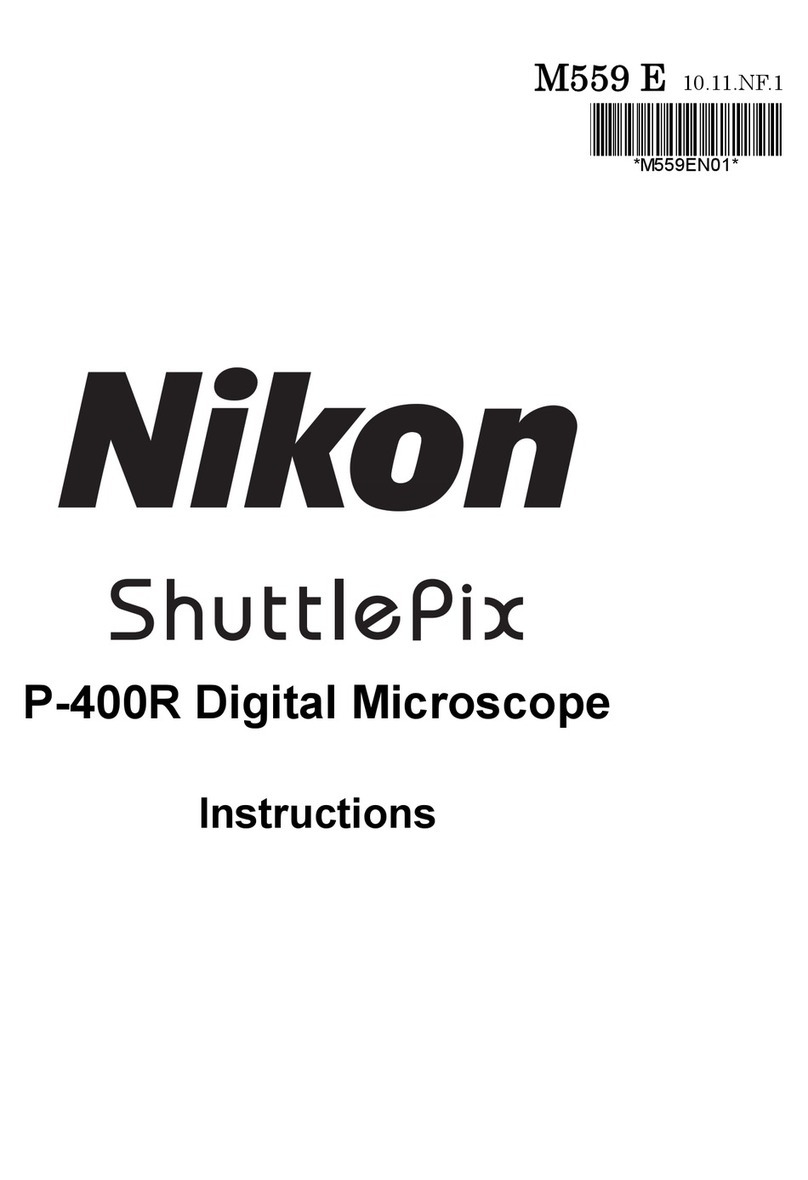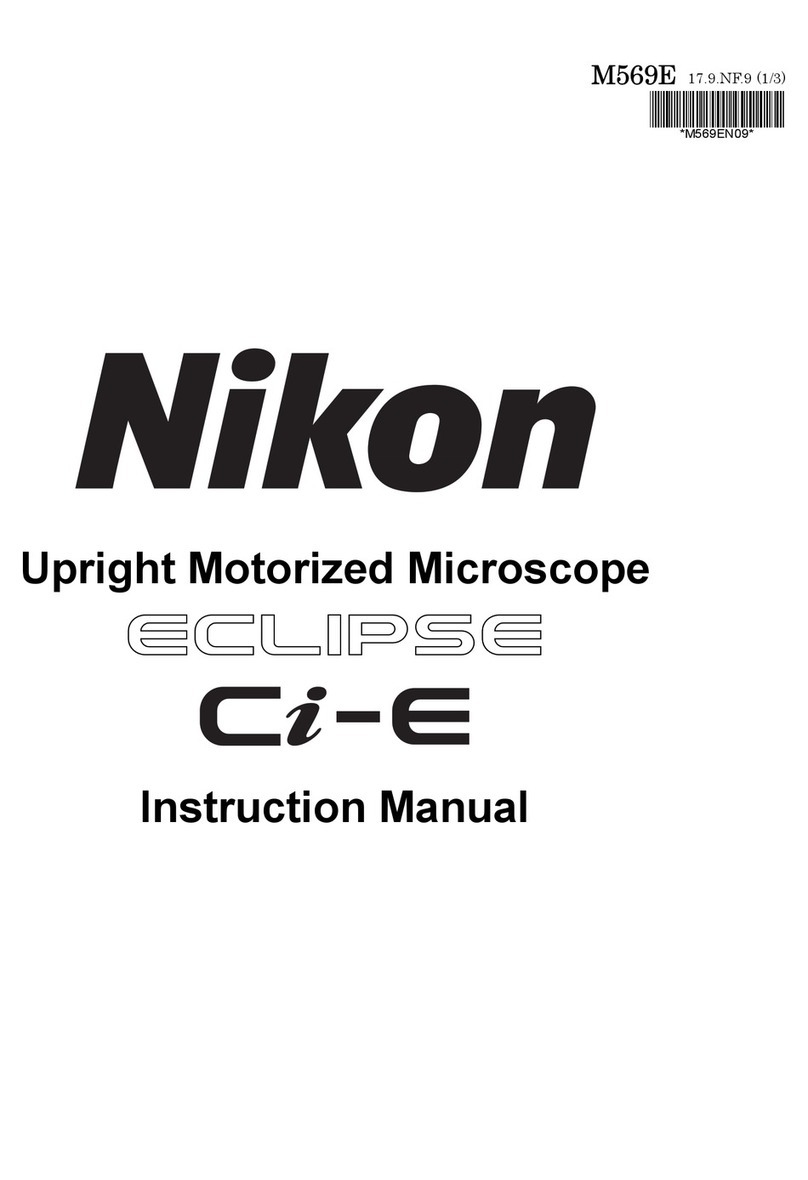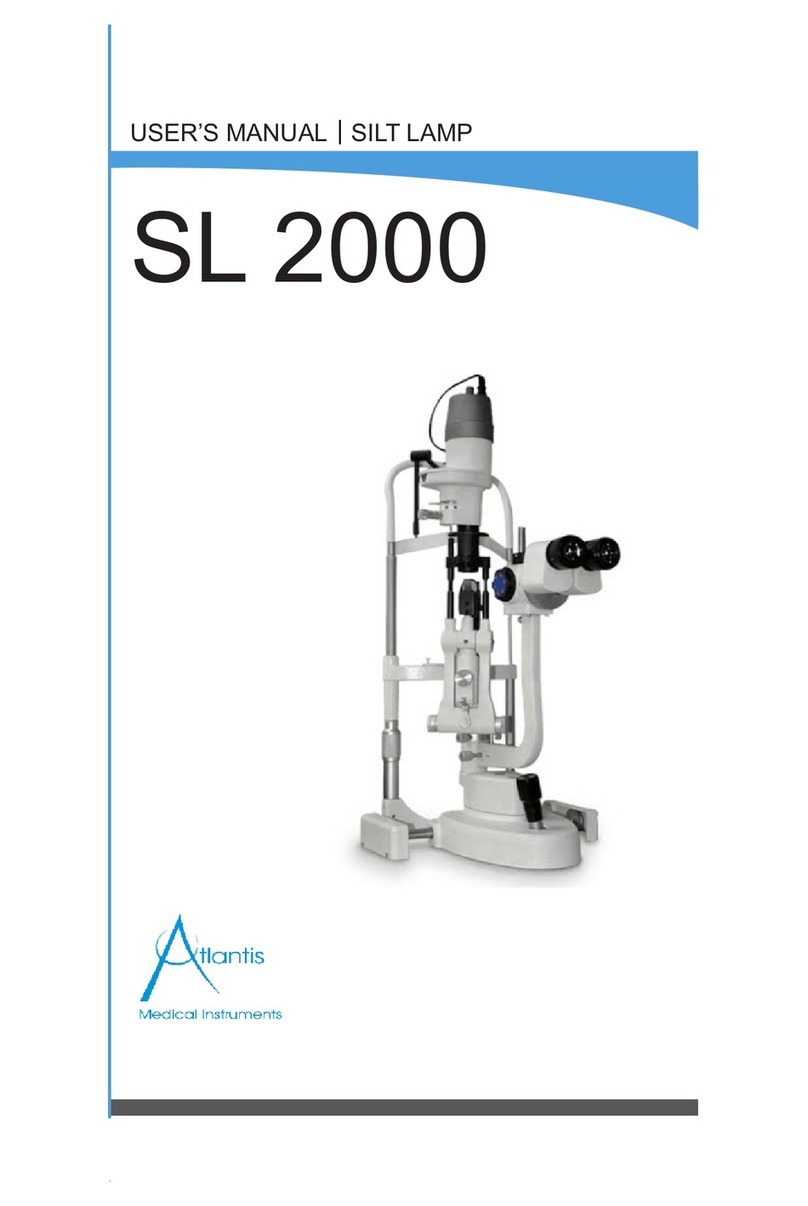
7
Contents
Warning/Caution Symbols Used in This Manual ...........................1
Be sure to always follow these guidelines. ....................................2
WARNING ............................................................................................2
CAUTION .............................................................................................3
INomenclature ...................................................................................8
II Assembly .........................................................................................10
III Usage................................................................................................ 12
1Preparations For Observation ......................................................12
1. Adjust the torque of the focus knob.......................................12
2. Adjust the interpupillary distance. .........................................12
3. Adjust the diopter. .................................................................12
2Focusing ......................................................................................13
1. Check the working distance...................................................13
2. Focus on the sample. .............................................................13
3Zoom ...........................................................................................14
1. Change the zooming magnification. ......................................14
4If You Cannot Focus On The Sample Though
The Zooming Body Is At The Highest Position. ......................... 15
IV Using Accessories ........................................................................16
1Reticles ........................................................................................16
2AL ERG (ERGO) Auxiliary Objective ....................................... 17
3SM-S4L 4 X 4 Stage L ................................................................ 18
4Halogen Illuminators ................................................................... 19
1. Lamp ......................................................................................20
2. Attaching to the stand (only for G-LS)..................................21
3. Arm for halogen illuminators ................................................21
4. Power supplies ....................................................................... 23
5. Lighting area adjustment (only for G-LS) .............................25
6. Attaching filters (only for C-DSLS) ...................................... 25
Antistatic Feature ............................................................................... 25
Airtight Feature .................................................................................. 25
Table 1: Total Magnification and Real Field ...................................... 26
Table 2: Observable Sample Heights .................................................27
